Search Results by Category
 AI Navigator
AI NavigatorAll information related to {{ key_word }}.
AI Navigation will guide you. Click here for information about {{ key_word }}.
 1
1
 5
5
 1
1
 3
3
 1
1
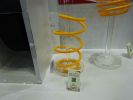 3
3
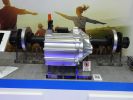 1
1
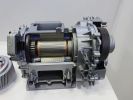 2
2
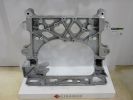 1
1
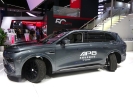 3
3
1 - 11 of 11 results
Fuel Economy/CO2 - USA Federal (LDV 2027MY~)
cles, these are medium duty passenger vehicles (MDPVs) and they are included within the light duty vehicles emissions programme. The structure of the GHG emissions standards for MDVs is the same as set in the Phase 2 HD vehicles programme (Fuel Economy/CO2- USA Federal); the standards are entirely chassis-dynamometer based and determined starting from a work factor (WF). The equations defining the CO2 emissions targets and the work factor are id...
Regulations Updated at: 2025/09/24
Fuel Economy/CO2 - USA Federal
rtified using the vehicle simulation tool [28], which has been updated to a new version since the Phase 1 standards. The certification process for engines used in tractors and vocational vehicles is based on engine dynamometer testing, as in Phase 1. Heavy-duty pick-ups and vans are certified using chassis dynamometer test results and the vehicle certification process as in Phase 1. The Phase 2 trailer certification process resembles the Phase 2 ...
Regulations Updated at: 2025/09/24
UN Regulations
ehicles (WLTP) A new regulation for light duty passenger and commercial vehicles with regards to emissions and fuel consumption. 2 AdoptedproposalregardingUN/ECEregulation 00 S1 2021/56 2021/3/10 -Amendments to the original version concerning the setting requirements for vehicle road load and chassis dynamometers. -Error corrections 2 AgreementregardingUN/ECEregulation 158 00 2020/121 2021/7/6 2021/6/10 Devices For Reversing Motion A ne...
Regulations Updated at: 2025/09/19
Fuel Economy/CO2 - EU
ions from in-service vehicles required by Article 13 of regulation 2019/631 [11]. Test Procedures - Light Duty Vehicles The assessment of CO2 emissions for light duty vehicles is carried out using the same vehicle test procedure used for the measurement of pollutants' emissions; this involves chassis dynamometer testing, which was carried out over the NEDC (New European Driving Cycle) up to 2017 [1]. The WLTP (World Harmonised Light Vehicle...
Regulations Updated at: 2025/08/27
Fuel Economy / CO2 - China
: FC = 0.6 × FCi + 0.4 × FCii (C2) where FCi is the fuel consumption measured from the Type I test and FCii is the fuel consumption measured from the Type II test; both values are in l/100km. The Type I test is the same test for the measurement of exhaust emissions and is carried out on the chassis dynamometer; the Type II test can be carried out either on the road or on the chassis dynamometer. Testing on the chassis dynamometer has to f...
Regulations Updated at: 2025/01/23
Emission Standards - California State Passenger Cars & Light Duty Trucks
Title 13, Section 1968.2 [8]) Exhaust Standards Monitor Thresholds (except catalyst) Catalyst Monitor Threshold Vehicle Type Vehicle Emission Category NMOG+NOx (muliplier) CO (muliplier) PM (muliplier) PM (absolute threshold, mg/mi) NMOG+NOx (multiplier) Passenger Cars, Light-duty Trucks, and Chassis Certified MDPVs LEV160 1.50x 1.50x N/A 17.50 (1) 1.75x ULEV125 ULEV70 2.00x 2.00x ULEV50 SULEV30 2.50x 2.50x 2.50x SULEV20 (4) C...
Regulations Updated at: 2024/12/13
Emission Standards - USA (Federal) Passenger Cars & Light Duty Trucks
the following two methods: Standard whole-vehicle durability procedure : this procedure consists of conducting mileage accumulation and periodic testing on the durability data vehicle. Mileage accumulation must be by means of the Standard Road Cycle (SRC) which may be conducted on a track or on a chassis dynamometer. Alternatively, the entire engine and emission control system may be aged on an engine dynamometer using methods that will replica...
Regulations Updated at: 2024/12/13
Emission Standards - Mexico Passenger Cars & Light Duty Trucks
Notes: 1. Corresponding categories. The VU categories correspond to the EU N1 (light-duty truck) classes. The CL categories approximate to the US classes converted from lb to kg. 2. VU = utility vehicle, defined as "a motor vehicle designed to transport persons and/or products, with or without a chassis or special equipment for occasionally operating off the road. For test purposes, these shall be classified as light trucks" [1]. Emission ...
Regulations Updated at: 2024/12/13
Emission Standards - India Passenger Cars & Light Duty Trucks
Emission Durability The required durability of pollution control devices has been extended to 160,000 km, as for Euro 6, and manufacturers have three options for the demonstration of that durability [12]: 1. A whole vehicle durability test with ageing carried out on a test track, on road or on a chassis dynamometer. 2. A bench ageing durability test. 3. The manufacturer may choose to apply assigned deterioration factors as shown in the followi...
Regulations Updated at: 2024/12/13
Emission Standards - EU Passenger Cars and Light Duty Trucks
this refers to the provisions in section 6.7 and Annex C4 of UN Regulation 154. The required durability of pollution control devices is 160,000km [1], manufacturers have two options for the demonstrating it: A whole vehicle durability test. This can be carried out on a test track, on road or on a chassis dynamometer; details of the driving schedule for the Standard Road Cycle (SRC) are reported in Annex 3 to Annex C4 of UN Regulation 154. Type ...
Regulations Updated at: 2024/12/13
Emission Standards - China Passenger Cars & Light Duty Trucks
the engine crankcase ventilation system. For vehicles without crankcase forced ventilation, the crankcase pollutants should be included in the total exhaust pollutants. Table 5: Engine operating conditions for the crankcase emissions test [19] Operating condition Speed(km/h) Power absorbed by the chassis dynamometer 1 Idling None 2 50±2 (Gear 3 or forward gear) Equivalent to the adjusting state under 50km/h in Type I test 3 50±2 (Gear 3...
Regulations Updated at: 2024/12/13

 AI Navigator
AI Navigator




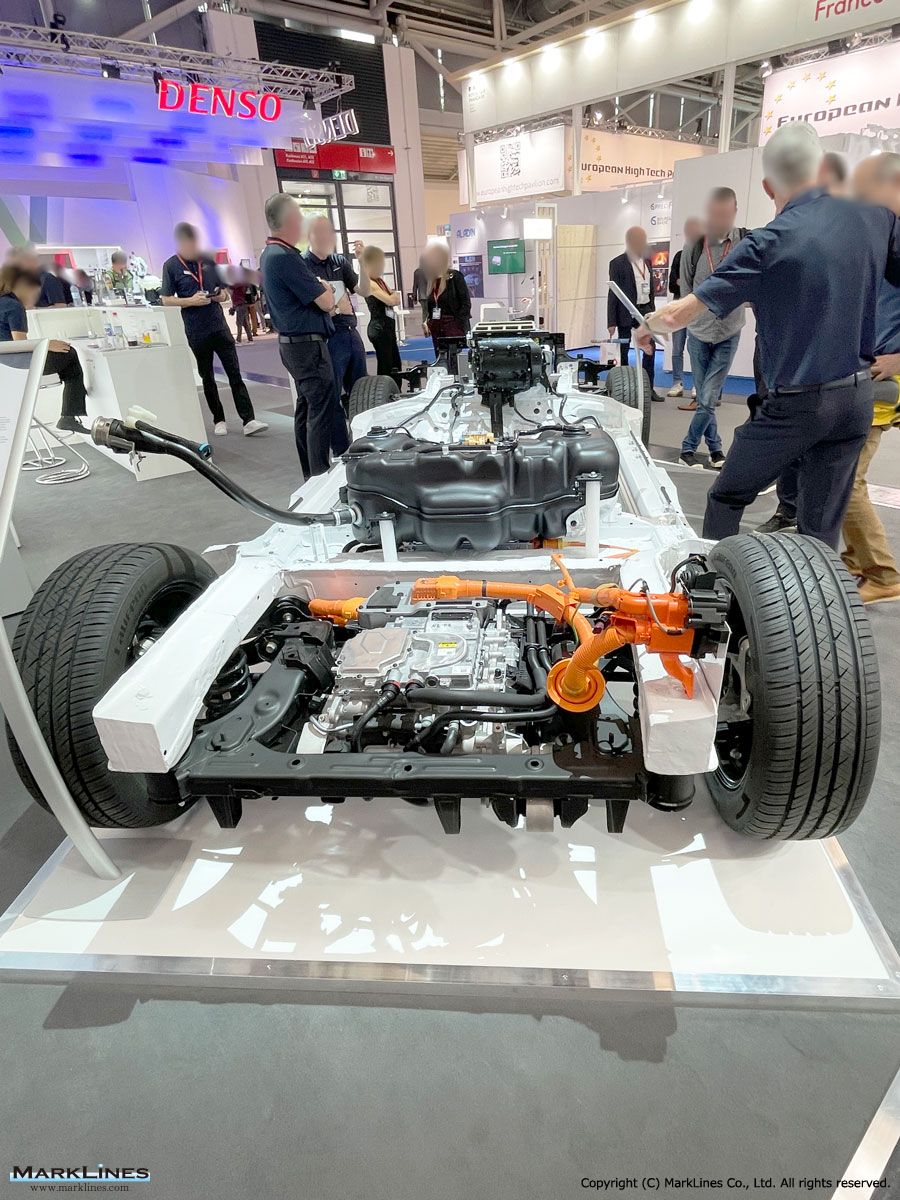
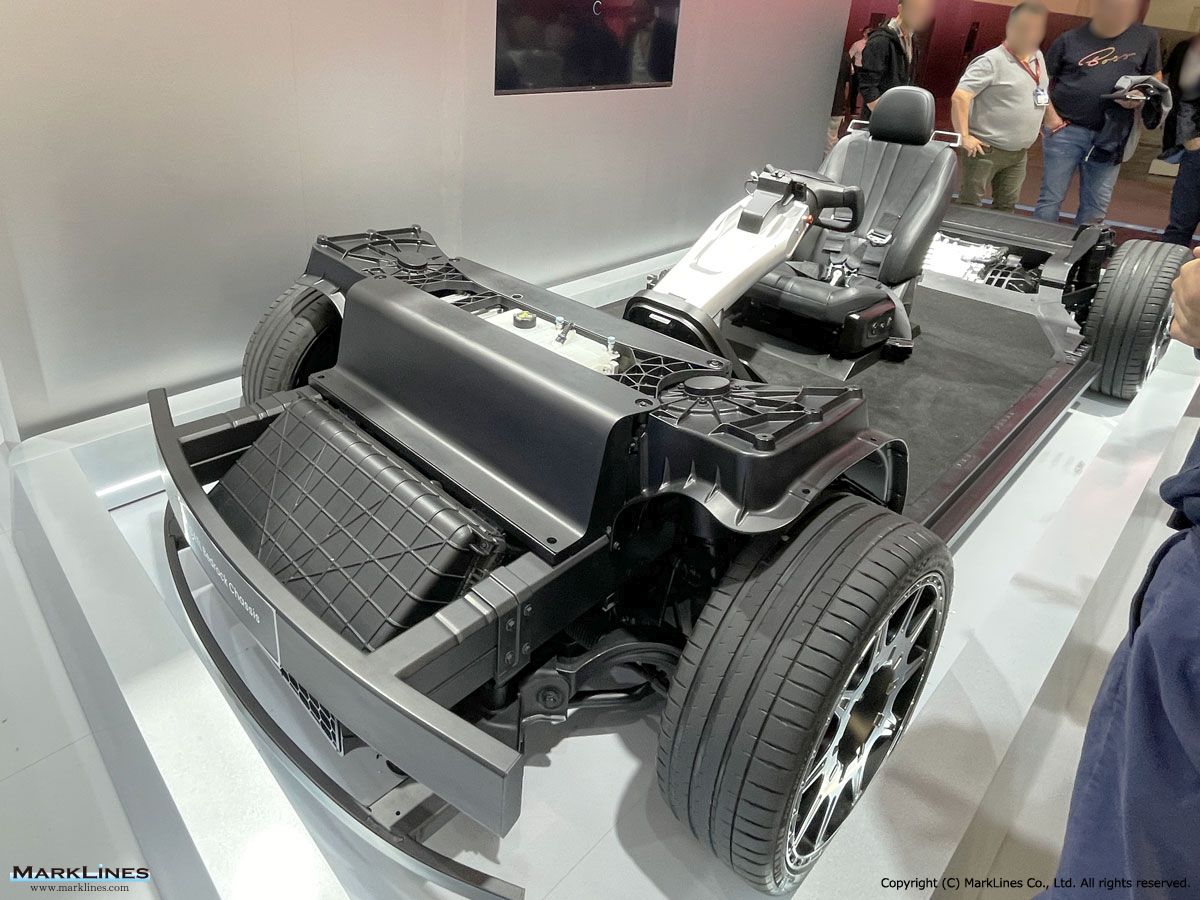
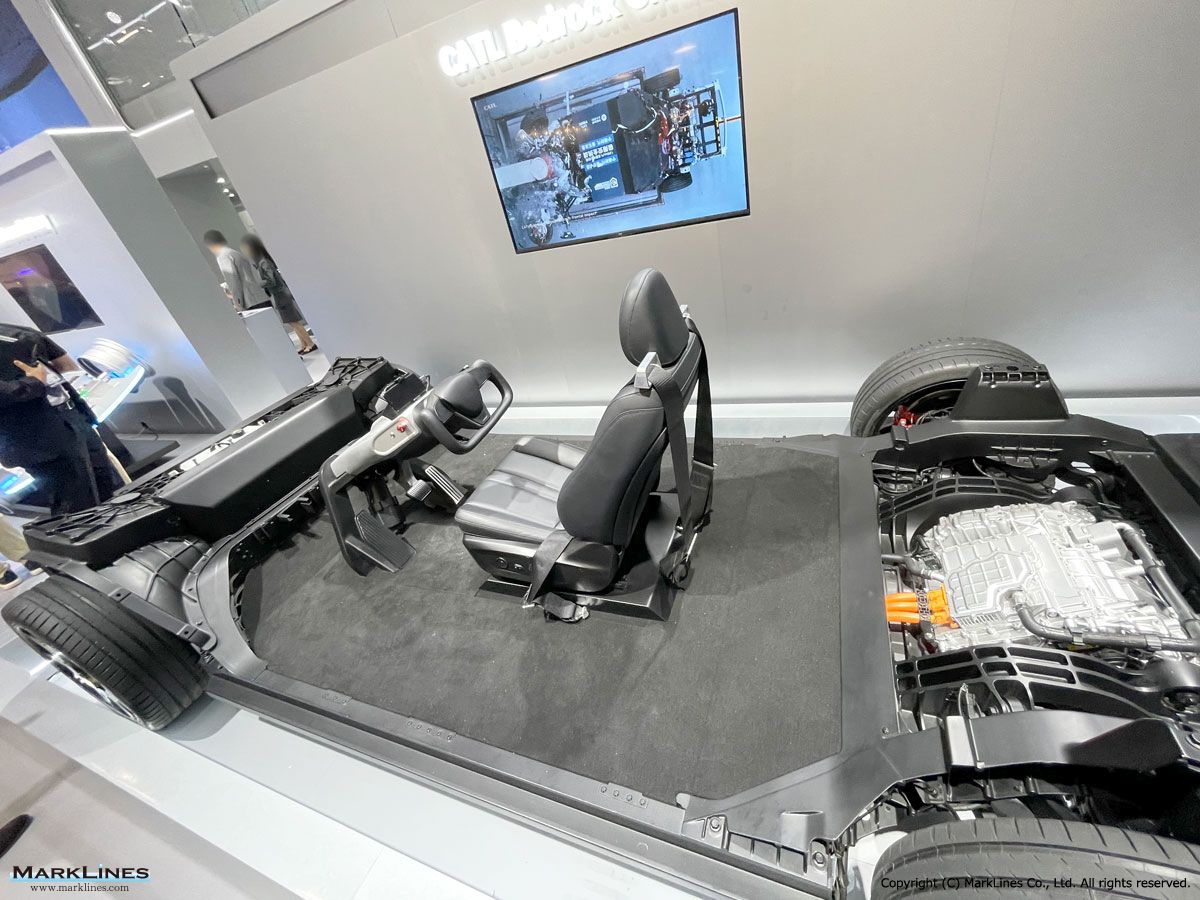
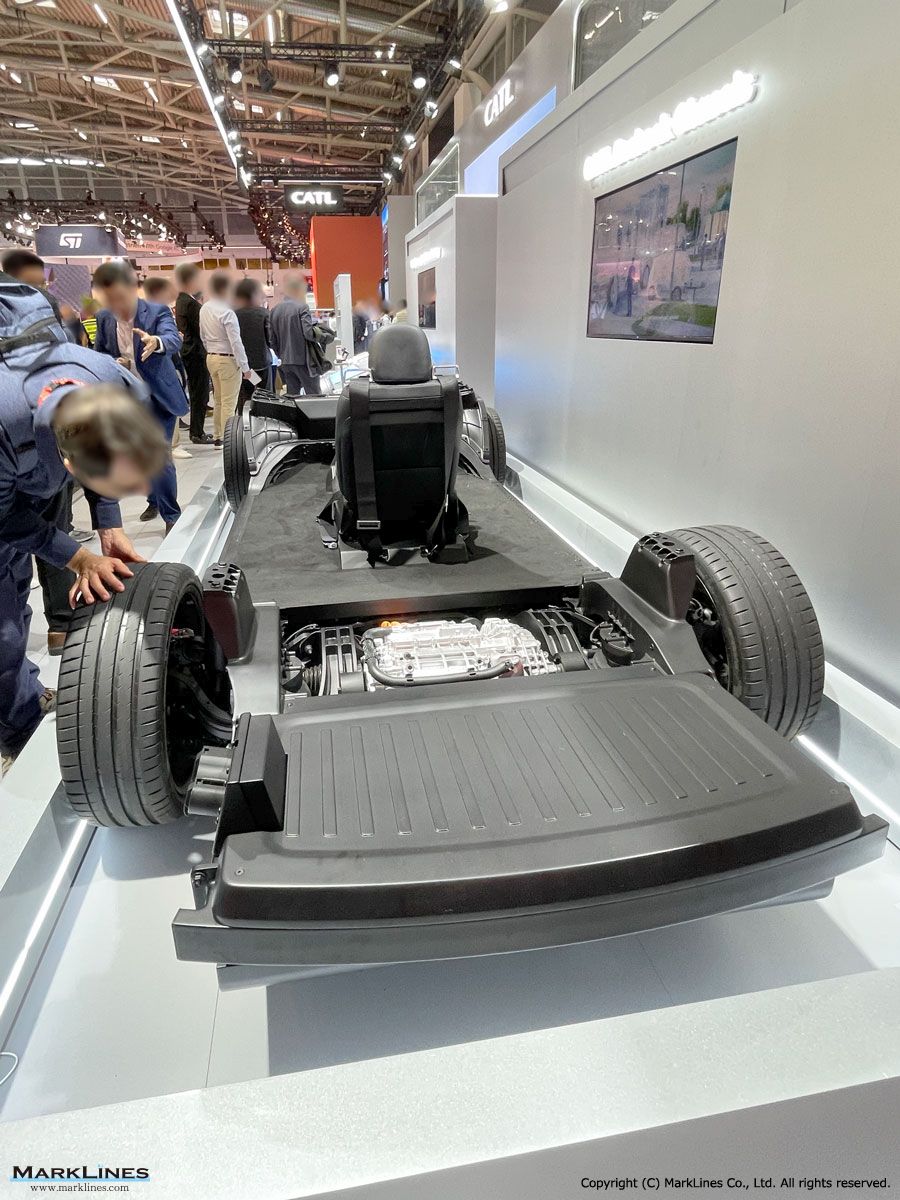

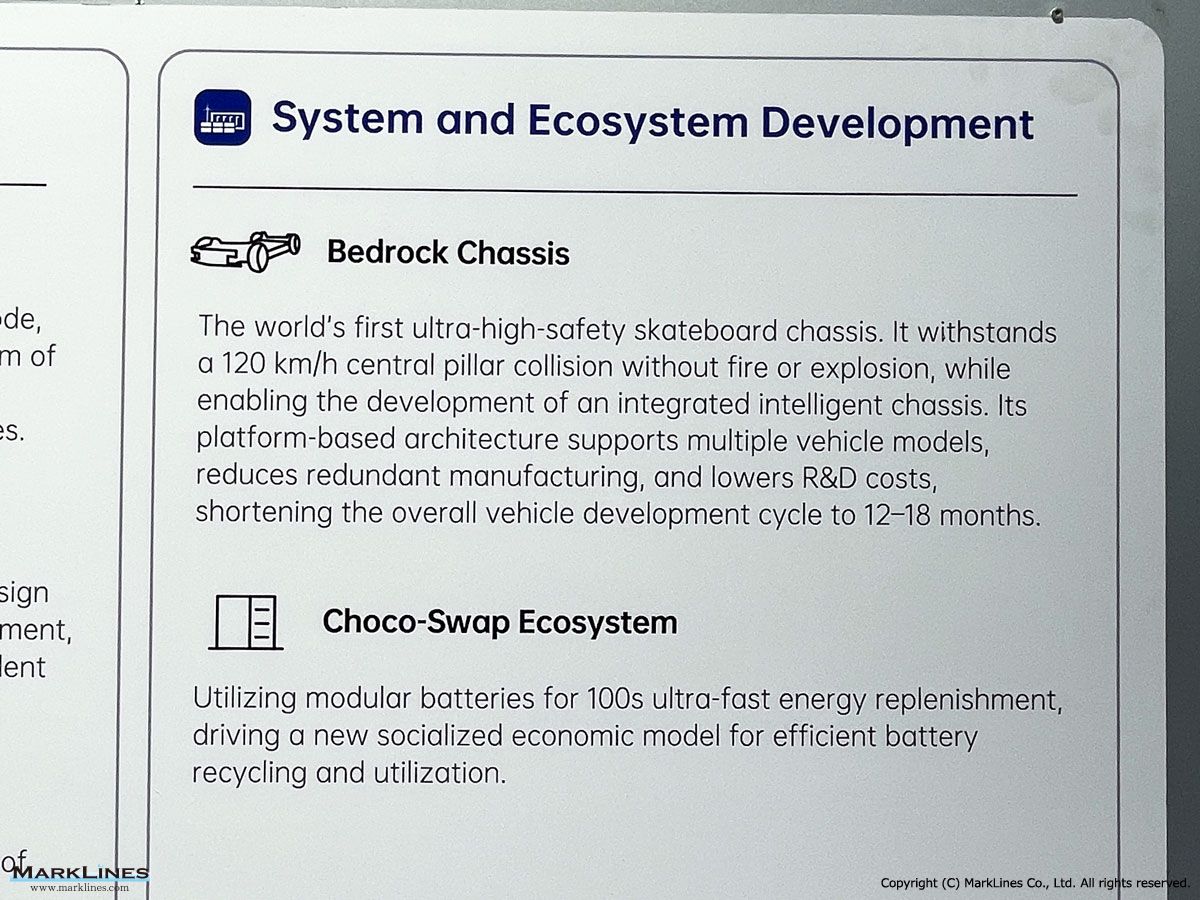



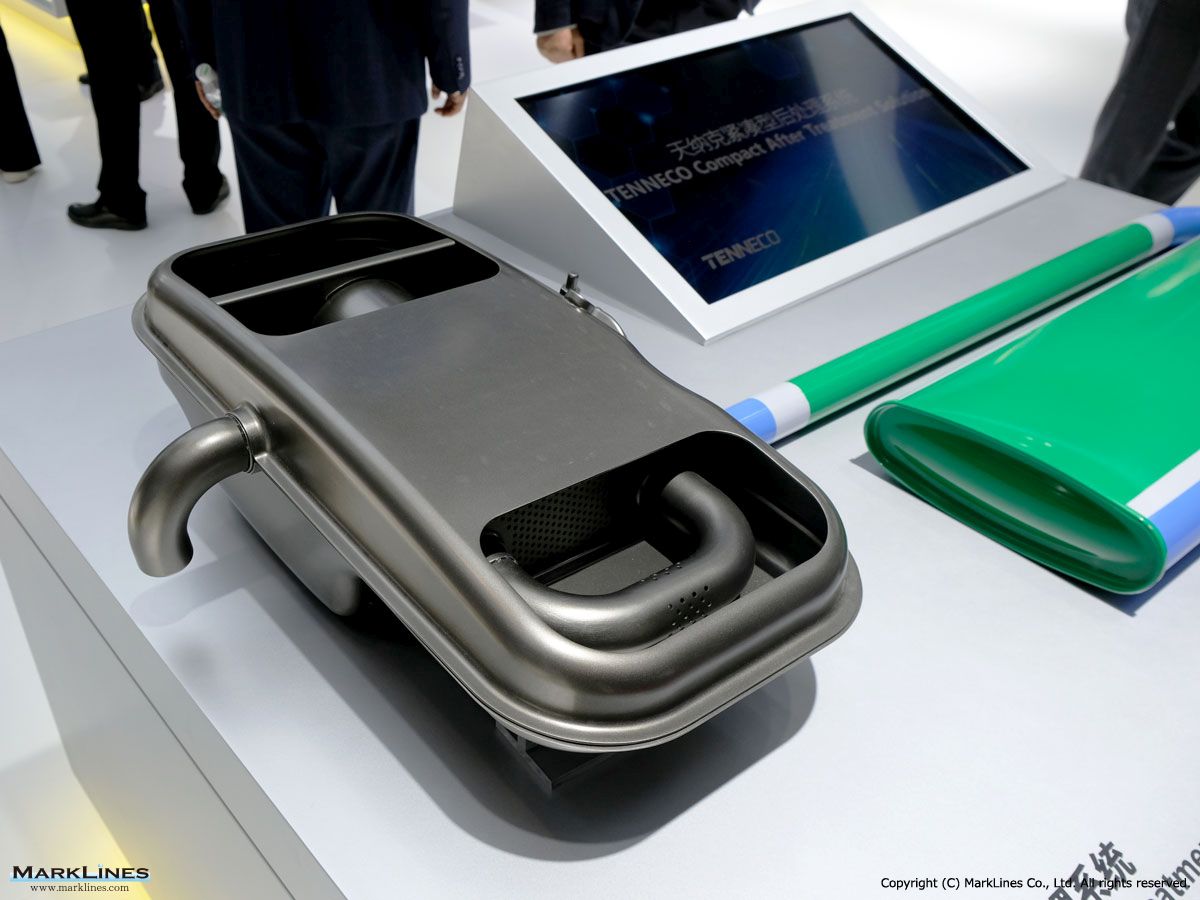
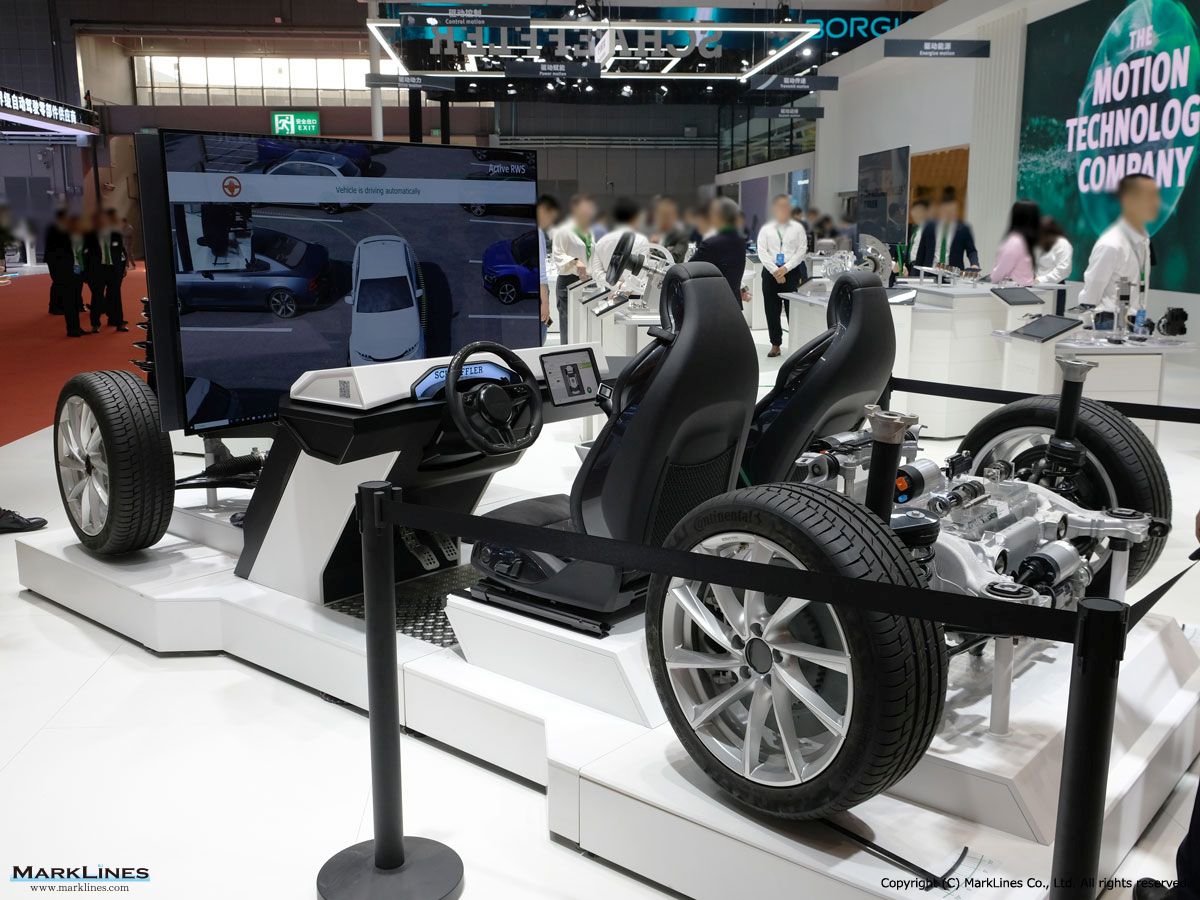
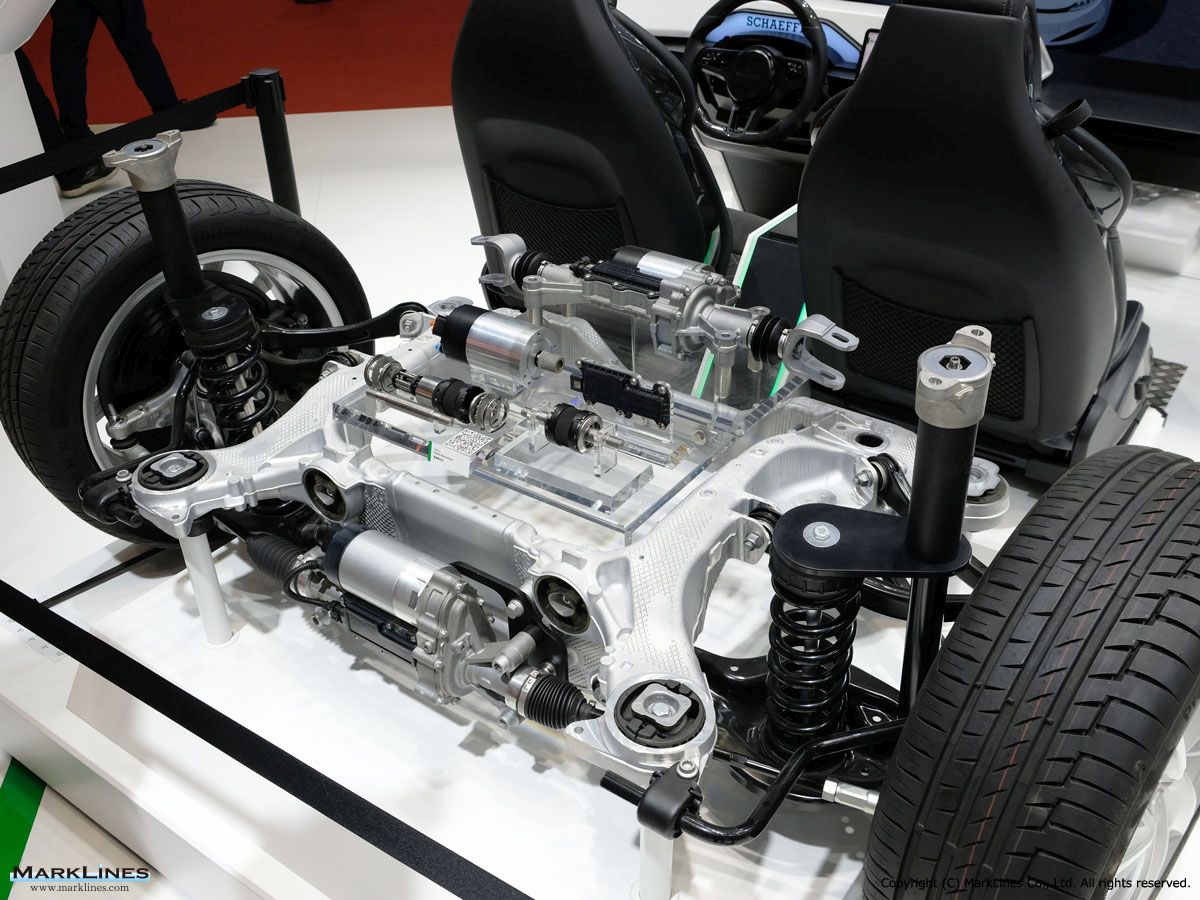
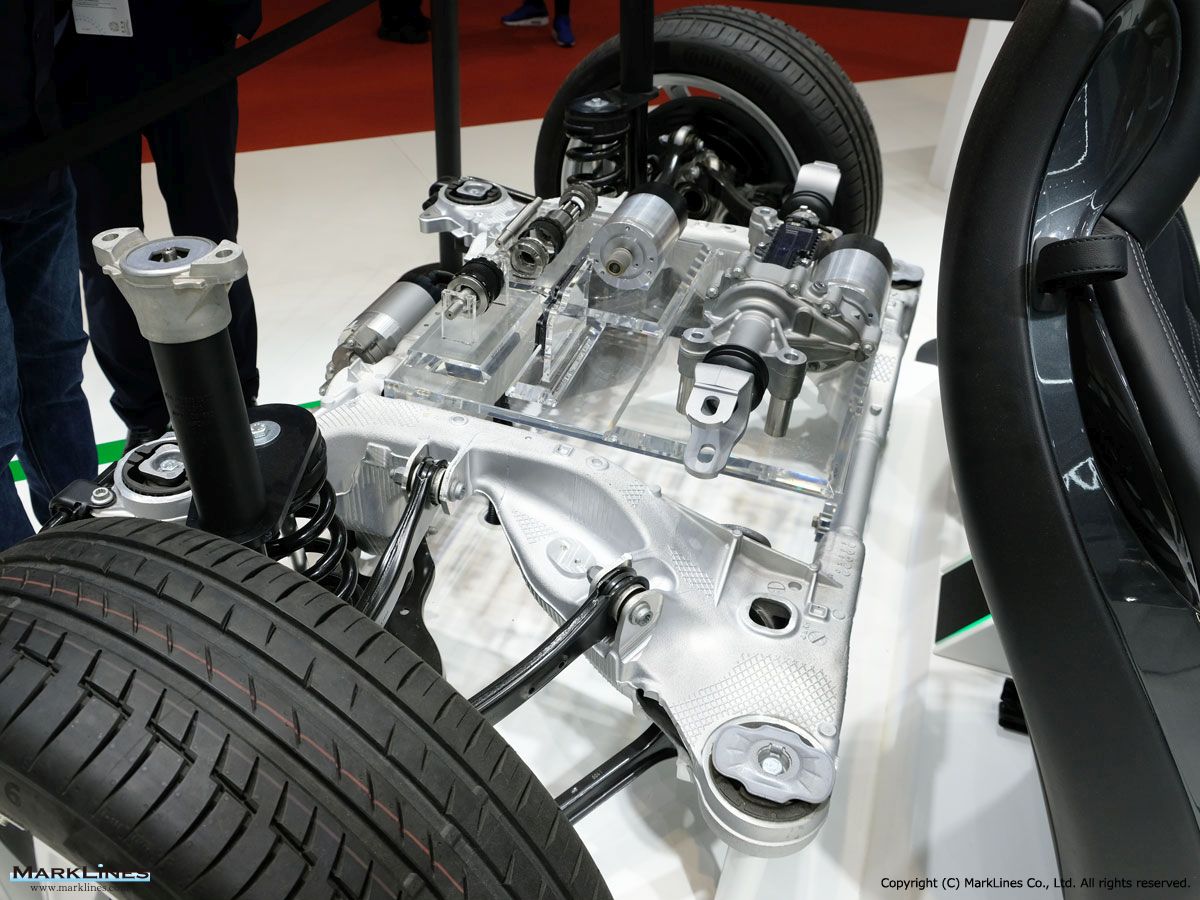




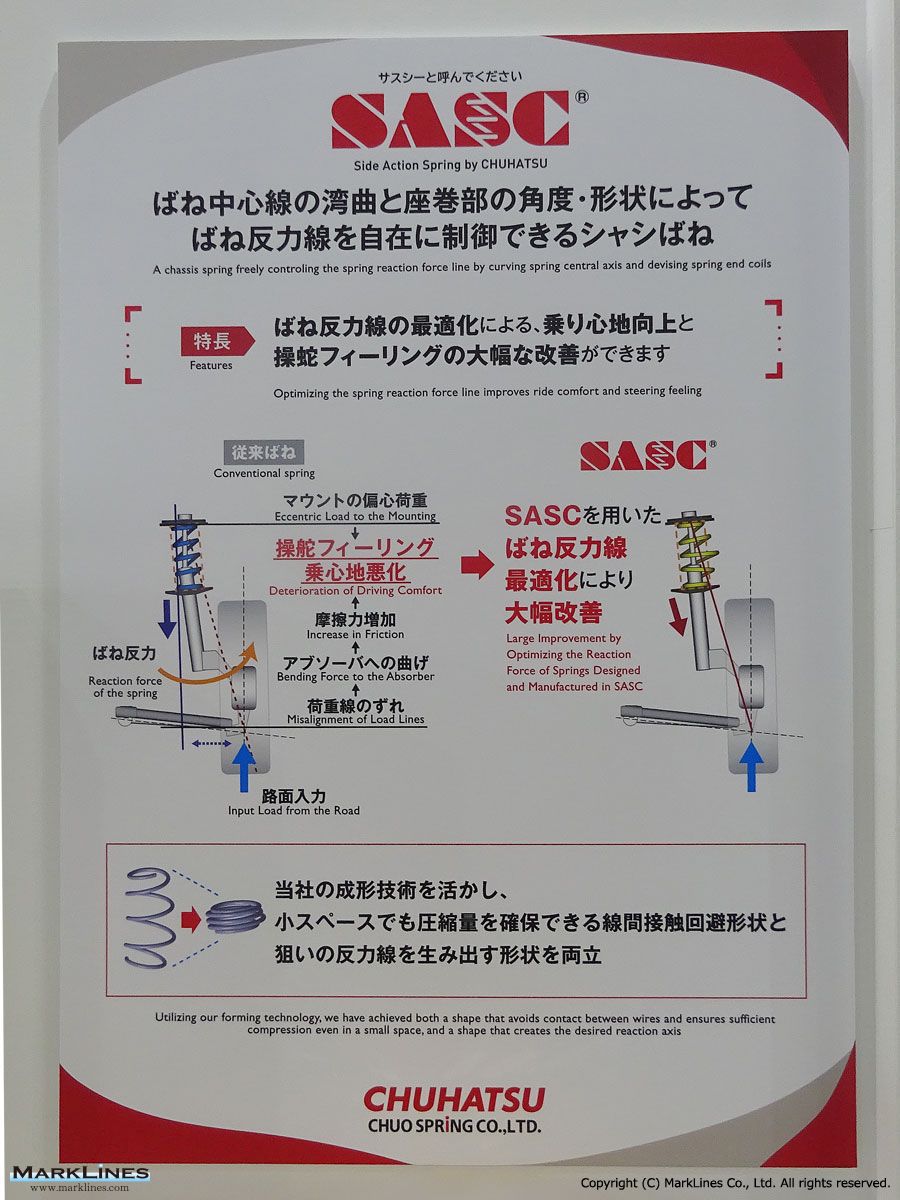
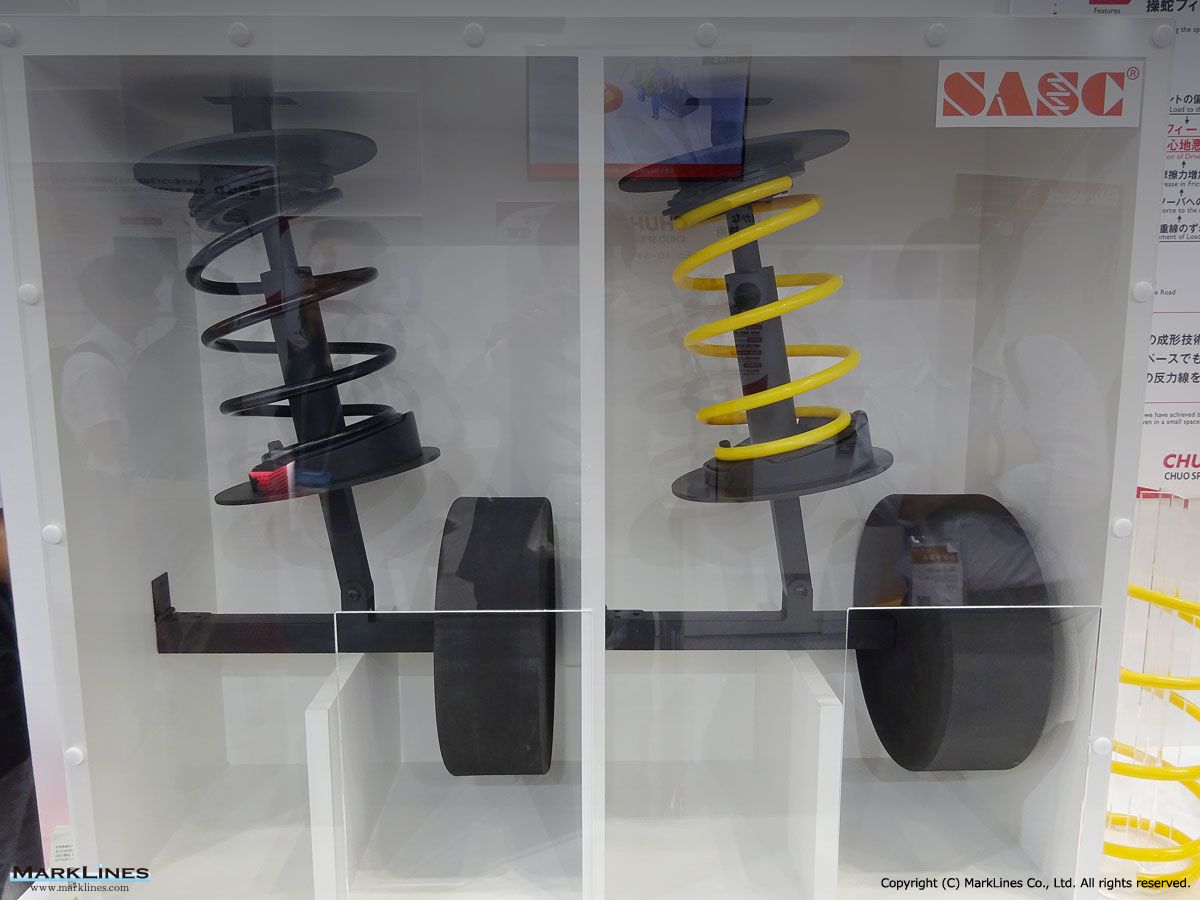
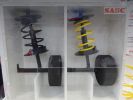
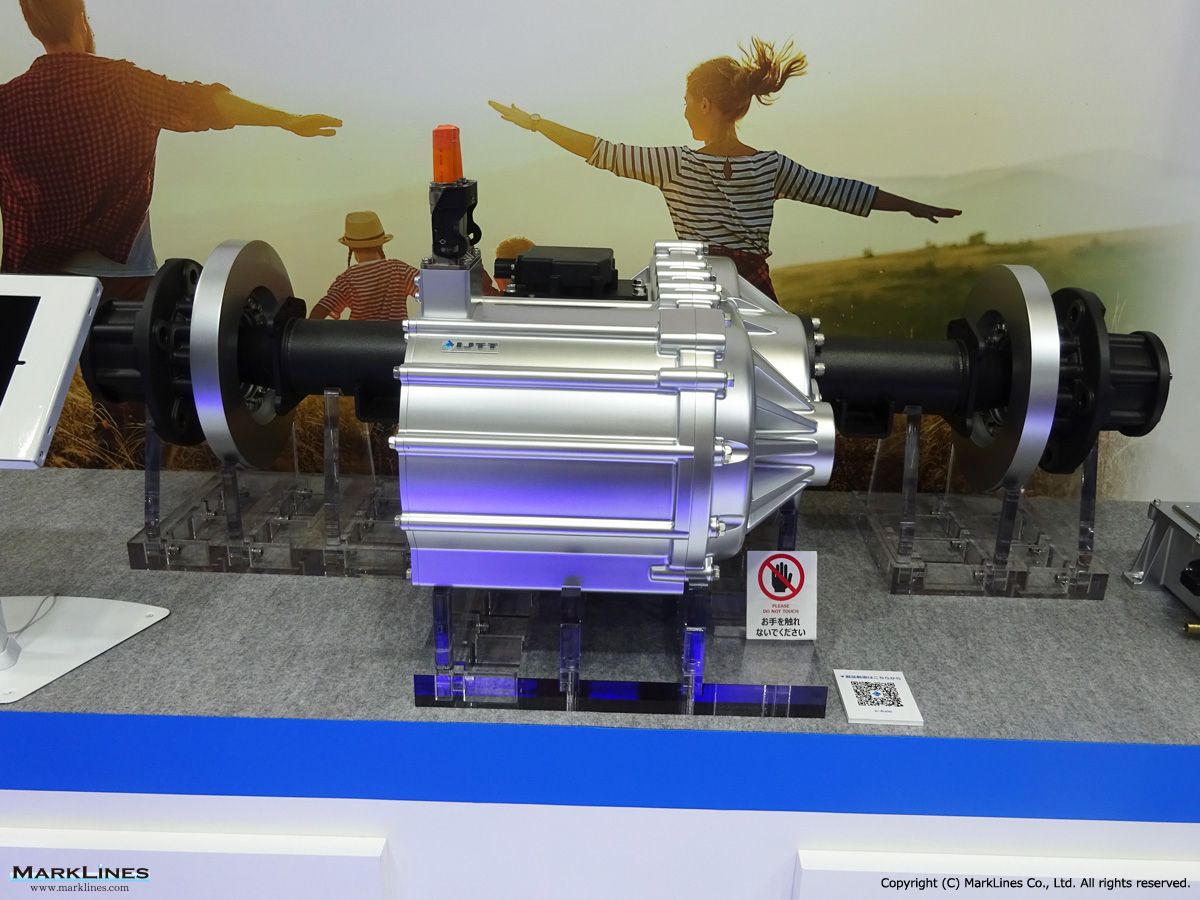

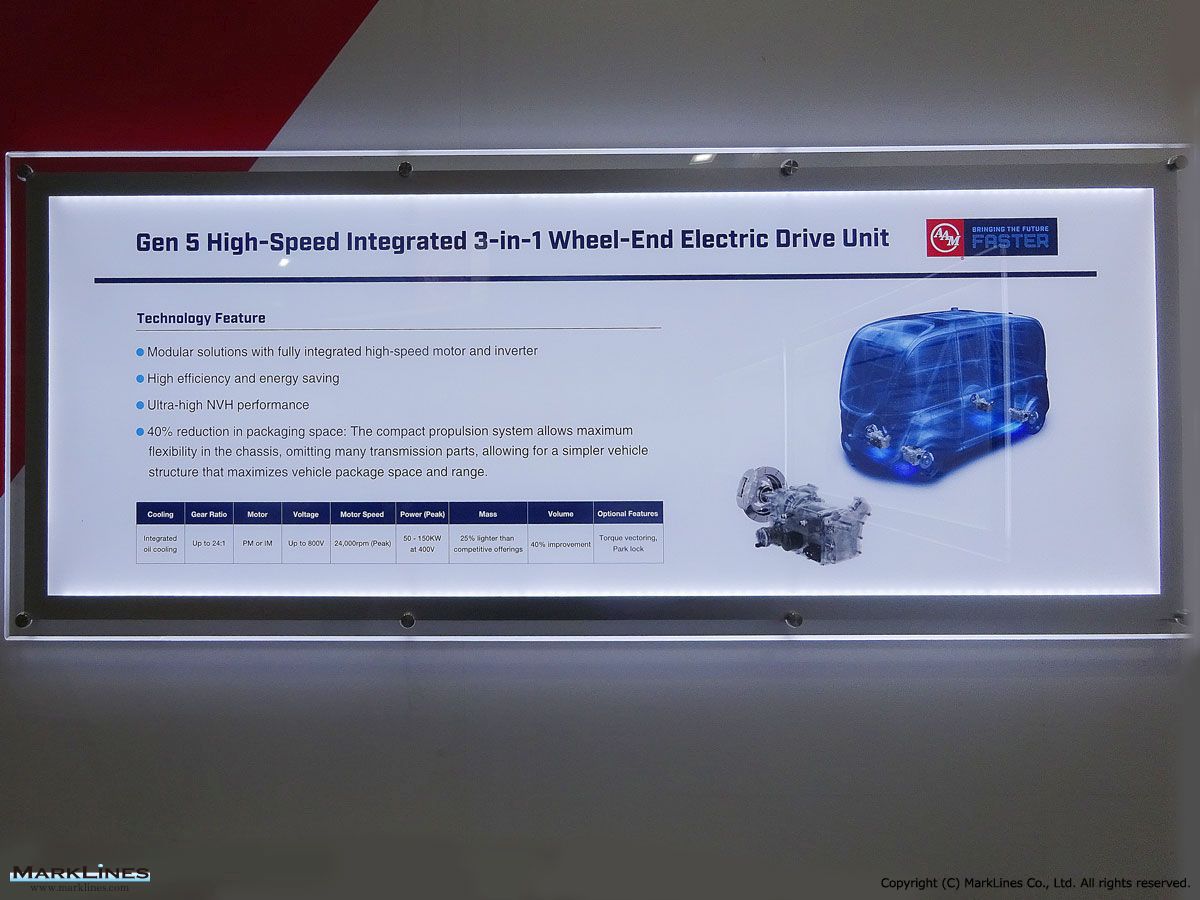
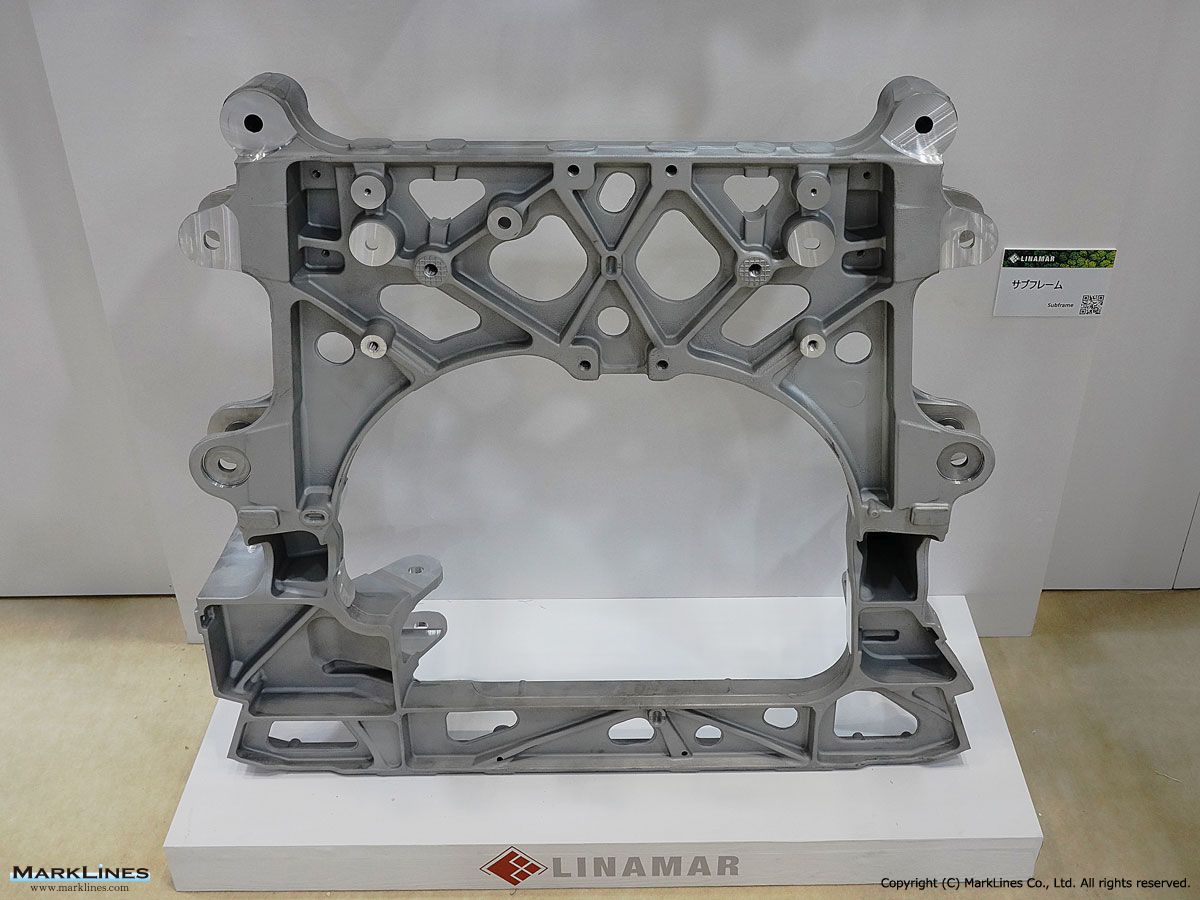
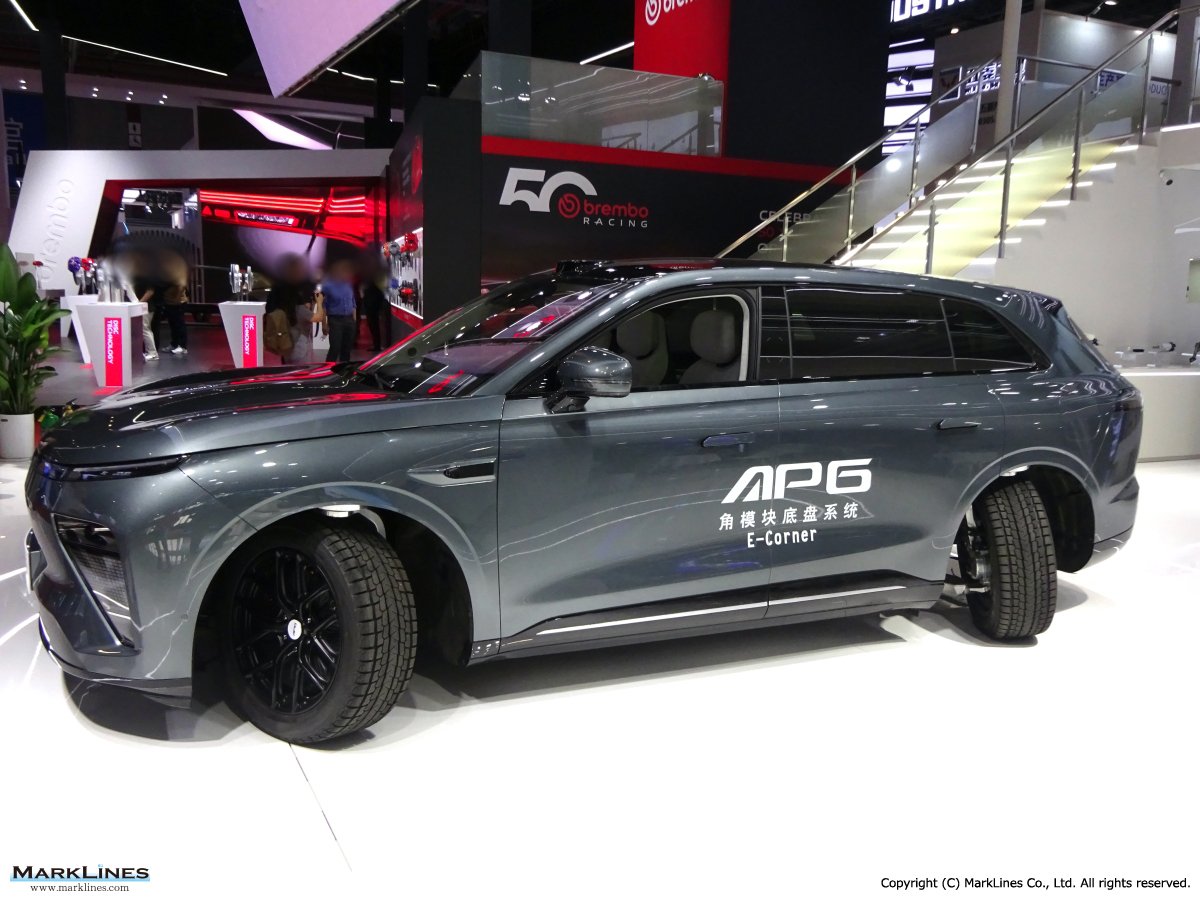
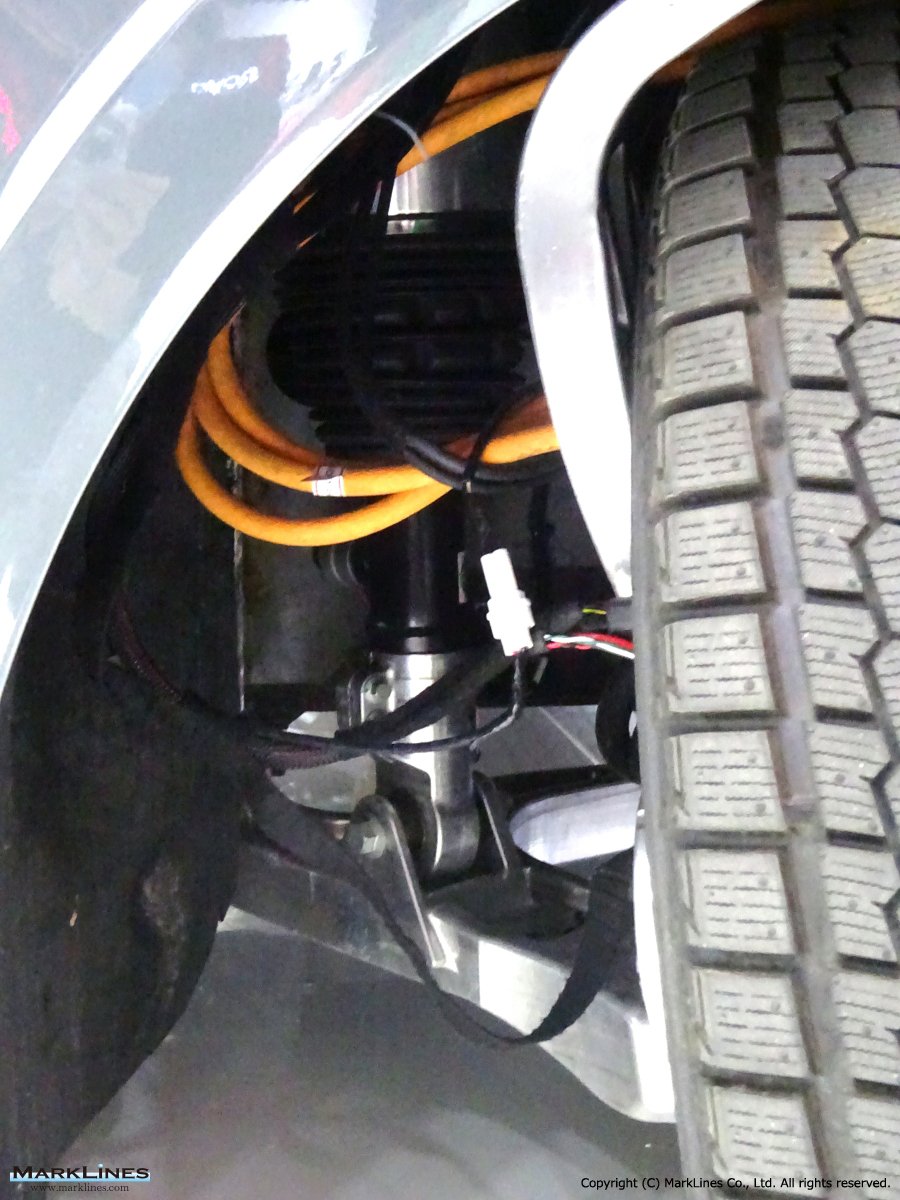
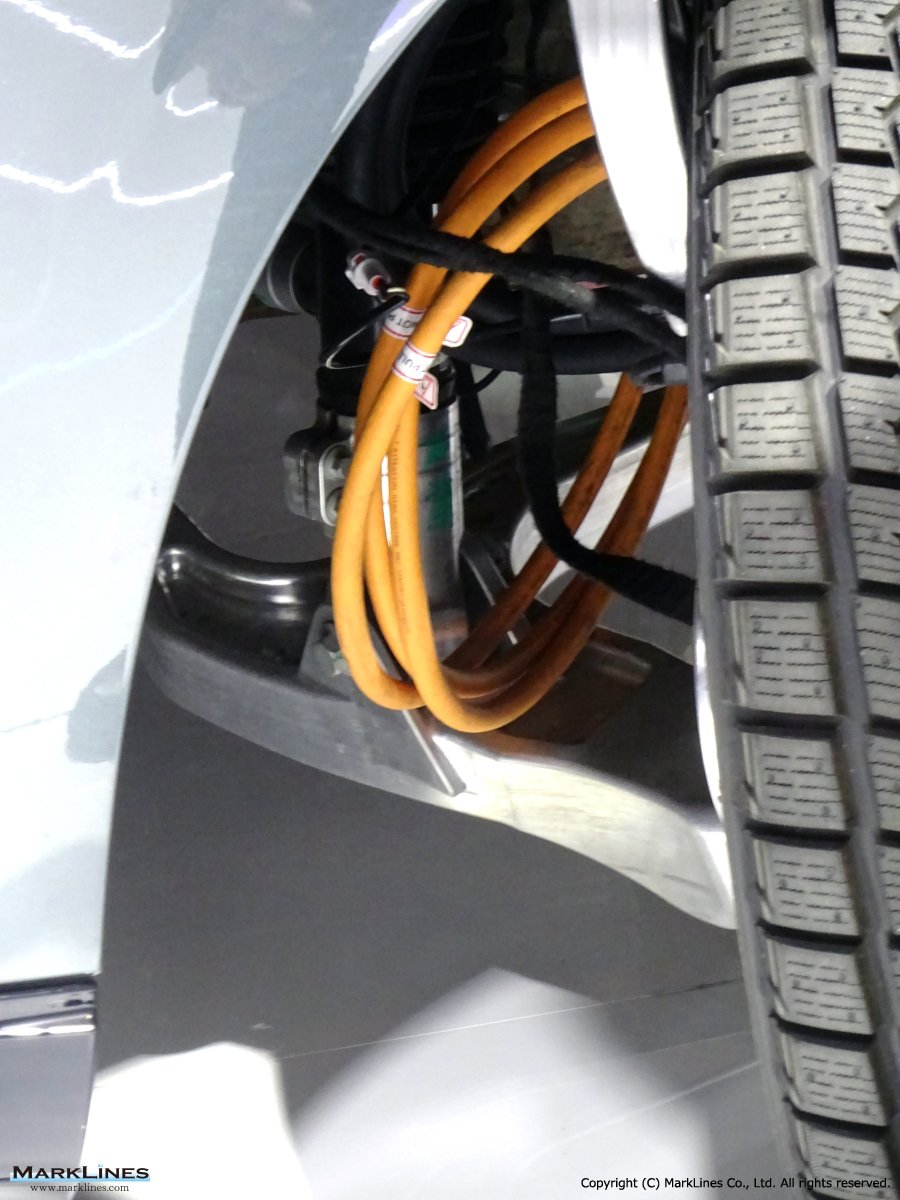
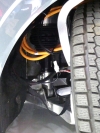
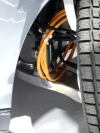
 Japan
Japan USA
USA Mexico
Mexico Germany
Germany China (Shanghai)
China (Shanghai) Thailand
Thailand India
India